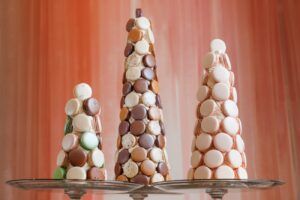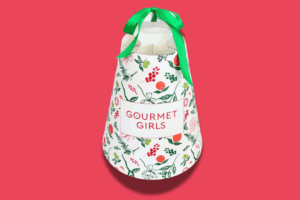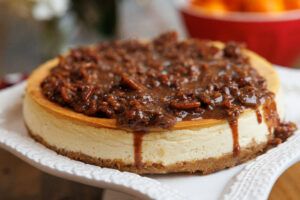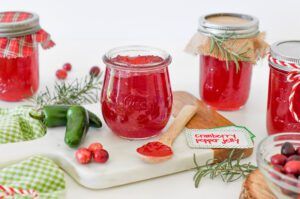Keys to the perfect gingerbread house with the Louisiana Culinary Institute
Three-dimensional sculpture–even when made of baked goods–is an artwork not easy to master. Panting a winter scene on canvas is one thing, and stitching a holiday scarf another, but as soon as the four walls of a gingerbread house rise up from their parchment paper, gravity-influenced disappointment seems more and more likely. So as Christmas-themed crafts come about only once a year, we thought we’d turn to a culinary expert to help us all improve our edible architecture.
With the help of Le Cordon Bleu-trained pastry chef Jeanne Mancuso at the Louisiana Culinary Institute, we’ve gathered up a list of tips to take your gingerbread houses from sheduled-for-demolition to a sugary residence any cookie family would be lucky to call home.
P.S. Keep scrolling for a homemade gingerbread recipe straight from the LCI kitchen.
On holding it all together:
If vacation Bible school taught us anything, it’s that building a house atop a ground of sand is simply no good, and will likely embarrass you in front of all he heavenly bodies who warned you from the get-go. (The same goes for cookie-based houses, I’m sure.) To make sure your house doesn’t tumble, give it the benefit of some good bones.
“My frosting of choice is royal icing—aka ‘glue,'” says Mancuso. “Putting meringue powder in the icing helps strengthen it and makes for a harder frosting when it dries.”
On sneakily realistic snow:
Actual real snow is typically a no-go down here in Louisiana, so your gingerbread occupants will surely appreciate a poor Southerner’s attempt at sweetening the deal on a cookie-size scale.
“Coconut flakes give the best impression of snow,” Mancuso says. “They are light and airy, and like snowflakes, no two are exactly alike.”
On pied piping:
Okay, not that kind of piping (although anyone attempting to fashion a miniature flute out of fondant has my vote for the most-dedicated-baker award). But choosing the right icing for detail work can be a tricky balancing act.
“I have to go with my old stand-by royal icing,” Mancuso says. “You can control how thick or thin you want it by adding water. Royal icing is also a natural true-white, so when you dye it, the colors come out very vibrant.”
On fun foliage:
A bit of landscaping is usually the first step to turning an old property into a charming abode, so why not apply the same mentality to your gingerbread yard?
“Sugar ice cream cones—the pointy kind turned upside down—make great trees,” Mancuso says. “Frost the cone in green frosting made to look like leaves, use pull-apart red licorice for the cord, and attach with frosting. M&Ms can look like lights, or Mike and Ikes work too. Another great tree idea is to weave a sour candy belt onto a wooden skewer and poke the skewer into a jumbo marshmallow the base. For added decorations, use frosting to stick Red Hots onto the tree as ornaments, and add a candy star on top.”
On the icing on the cake (or in this case, the gingerbread):
Not all piping tips are created equal, as anyone who has ever chosen the wrong one will know.
“I like to use a star tip when I do decorating on my gingerbread houses, since it’s very versatile,” says Mancuso. “I can make rosettes, shells, or starred mounds of snow. If I wanted to do icicles, you can cut a small hole in a plastic bag and make a big dot then let it drag down.”
[caption id="attachment_90538" align="alignright" width="387"]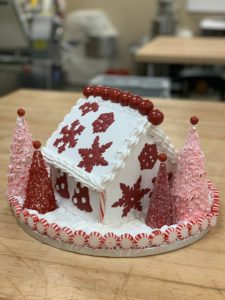 Photo courtesy LCI.[/caption]
Photo courtesy LCI.[/caption]
LCI GINGERBREAD






